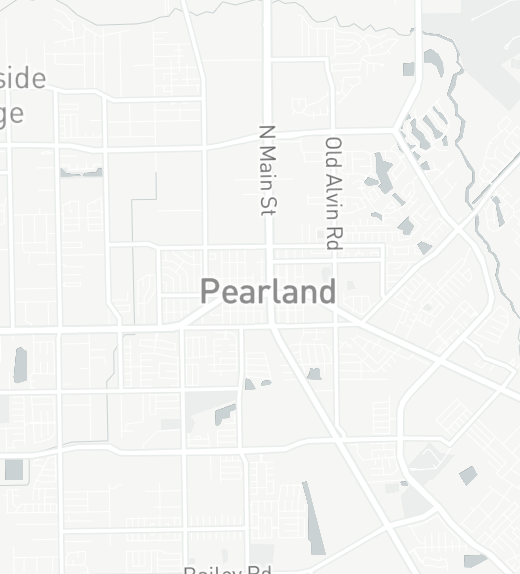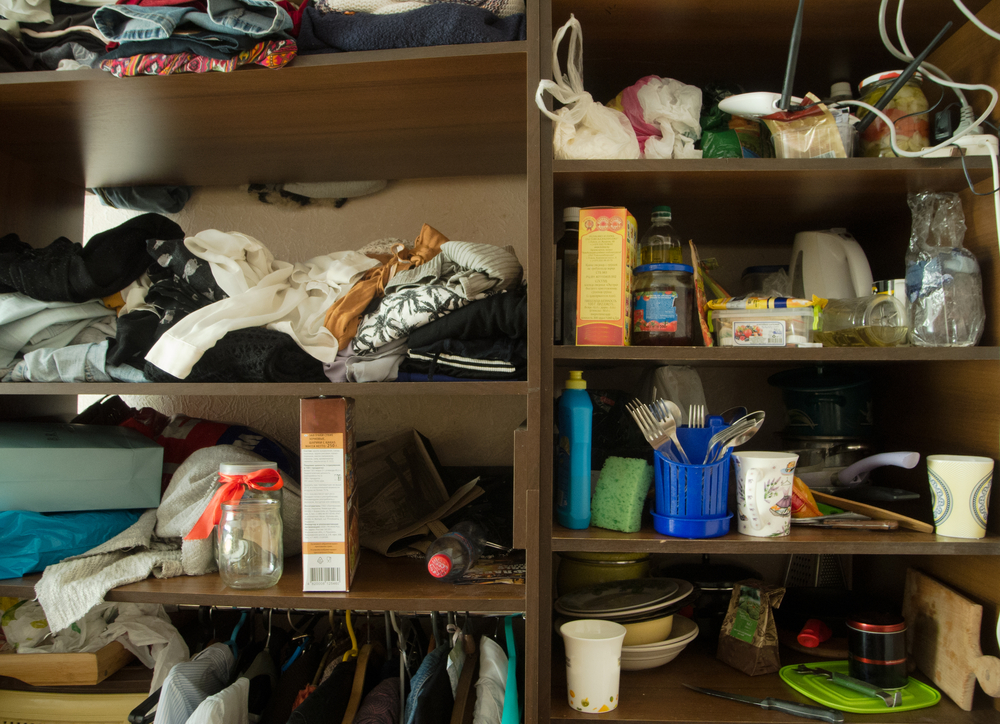People in Katy, TX are all too familiar with the problems that termites, roaches, and other pests can cause. Sometimes these problems are obvious, with the critters showing up right in plain sight. But pests are also adept at concealing themselves from our view, so an infestation might happen right under your nose without you noticing. Here are some tips from the experts at local pest control services for where you should look for pests hiding away in your home.
The Top 7 Places Pests May Be Hiding in Your Home
1. Inside Your Furniture
While many people are all too familiar with bed bugs that nest in the sheets and bedding of your mattress, the unfortunate truth is that just about any furniture can be a suitable environment for pests. Some insects are able to sustain themselves on synthetic fabrics, animal products such as wool or leather, or the debris that accumulates in these materials.
Upholstered furniture tends to collect plenty of dead skin cells and dander. This excess waste provides the nutrients that pests such as fleas need to sustain themselves. Because the nooks and crannies of a piece of furniture may not be cleaned regularly, they can often become the site of an infestation without you even noticing.
2. Crowded Closets
Pests thrive in areas where they can hide away from your notice. That makes a closet packed full of clutter the ideal environment for pests to call their home. The dark environment creates the sort of light levels that pests seek out when finding a nest, and the lack of regular cleaning in such an area helps to ensure that food sources are available to them.
Reducing the clutter around your home can be a great way to prevent this sort of environment from forming. Empty out the junk from your closet periodically to ensure that you aren’t creating the sort of conditions that pests need to thrive. You’ll get the double benefit of keeping a more organized home and also reducing your risk of a pest infestation.
3. In Moldings and Baseboards
Many pests are clever enough to avoid being seen out in the open, as they realize being seen by larger creatures (such as you) can be dangerous for them. There are many clever ways that pests can use to avoid detection. One of these methods includes hiding on the moldings and baseboards that go along the base of your walls so they don’t have to go out on the open floor.
Whenever you’re cleaning to mitigate or prevent an infestation, be certain that you don’t overlook your moldings and baseboards. Taking a vacuum attachment along the edge of the baseboards and moldings will help to remove any insects present there. Some pests, such as fleas, might lay their eggs along this area, so cleaning here is vital to fully root out an infestation.
4. Around the Bathroom
Pests thrive in warm, dark, and moist environments, and they’re likely to find all of these conditions in the bathroom of your home. Behind and underneath sinks, particularly if any of the plumbing is leaking water, is one common spot to find pests in a home. The vents and air ducts that vent steamy, moist air out of the bathroom can also be environments that attract pests.
Fixing any leaking pipes that create excess moisture that insects thrive in is a great step you can take towards reducing the chance of pests making their home in your bathroom. You should also avoid allowing wet clothes or towels to pile up, as these can also create breeding grounds for an infestation. Sealing off any crevices and cracks that insects can move through is another good way to prevent a pest problem.
5. Your Laundry Room
Just like the bathroom, the moist, dark, and warm environment that a laundry room creates can be the perfect breeding ground for a pest infestation. The areas behind heavy appliances like your washing machine and dryer may only rarely be cleaned out. This can make them the perfect area for pests to move in and establish their nest.
Avoid leaving piles of laundry laying around in the laundry room, as pests like to create their homes in these piles of clothes, particularly if they’re damp. You should also clean out the area behind your appliances regularly so that pests don’t start to nest in those dark, often-hidden corners. Seal up any crevices leading into the room to reduce pests’ ability to move in and out of the area.
6. In the Crawlspace
A crawlspace can be a great area to store all kinds of things in your home, but these out of the way, dark, and often damp spaces also have a tendency to attract pests. Keeping the crawlspace moisture free and cleaning it periodically will help to reduce the risk that you’ll have an infestation develop in this part of your home.
Avoid storing your firewood and lumber in the crawlspace, as this might provide fodder for termites and other insects that feed on or nest in wood. Storing wood right up against the exterior walls of your home can also cause problems. Instead, find some place a safe distance from the home so that you don’t encourage termites, carpenter ants, or other pests that might be present in the wood to move into your home.
7. Around the Kitchen
Like any other creature, pests need a food source in order to get the energy they need to survive. One place they’re likely to find such a food source is in your kitchen. No matter how careful you are, there’s every chance that you’ll accidentally have a spill or leak that leaves some food available for pests to get at. Once pests have identified that food can be found in your kitchen, they’re likely to keep coming back for more.
Practicing good cleaning habits can help to reduce the chances of pests making their home in your kitchen. You should be especially careful about areas of your kitchen that can often be overlooked. Clean out the areas behind appliances such as your refrigerator or oven, in the corners of your pantry, and other often out-of-sight areas to ensure they don’t become environments where pests thrive.
Find Local Pest Control Services in Katy, TX
Once you’ve checked out the various hiding places in your home and identified any pest issues present, it’s important to take action quickly. Every moment you spend not taking action is a moment that the infestation can grow worse, giving you a problem that will be more difficult to treat. That’s why it’s important that you reach out to a pest control expert as soon as possible to get the issue under control.
Need help getting your pest problem sorted out? Our pest control and extermination services will help you achieve a pest-free home so that you can go back to living your life without worrying what’s scurrying around in the nooks and crannies of your home. Get in touch with Life After Bugs today and let us know how we can help you with your pest problem!











